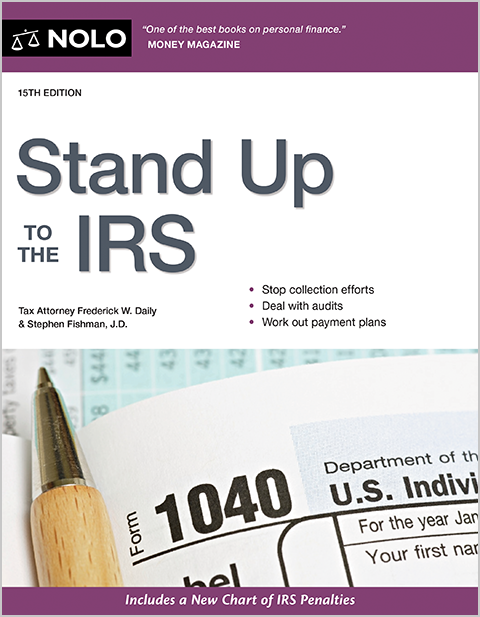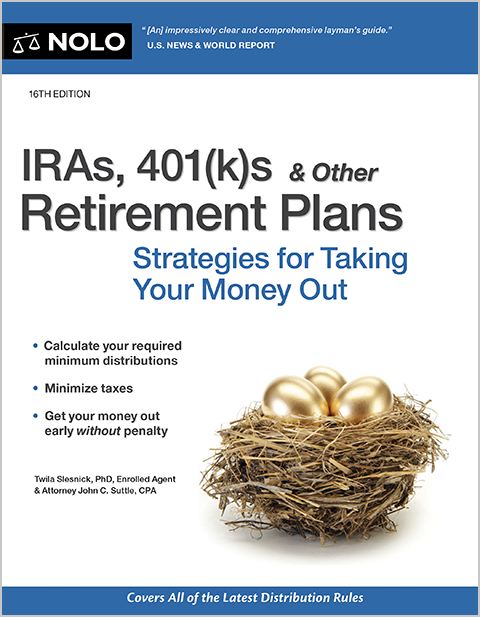Learn how you might be able to avoid Obamacare premium assistance subsidy repayments—or at least significantly reduce them.
About 11 million Americans obtain health insurance through the federal or state health insurance exchanges, also called "marketplaces," that the Affordable Care Act (ACA), also called "Obamacare," established. Of those people, 87% qualify for a government subsidy, called a "premium tax credit," to help them pay their premiums and have the subsidy paid to their health insurer in advance during the year. If you're one of those who qualify, when you file your taxes each year, you must determine whether these advance payments were too large. If so, you might have to pay some (or even all) of them back to the IRS. However, you can use some strategies to avoid having to make such repayments, or at least greatly reduce them.
The 2020 and 2021 rules are different from those in effect before 2021 and from those for 2022 and later.
Premium Tax Credit Eligibility Rules for 2021-2022
In response to the COVID pandemic, Congress temporarily changed the ACA rules for 2021 and 2022. When Congress enacted the American Rescue Plan Act in 2021, it expanded the premium tax credit by eliminating the requirement that a taxpayer's household income be no more than 400% of the federal poverty level to receive the credit. Instead, for 2021 and 2022, Americans who earn over 400% of the federal poverty level are required to pay no more than 8.5% of their household income for ACA health insurance. (Those who earn less than 400% of FPL are required to pay even less than 8.5% of their income based on a sliding scale.) Regardless of how high their income is, ACA enrollees are entitled to a premium tax credit to the extent the cost of the ACA silver benchmark plan in their area exceeds 8.5% of their household income.
Premium Tax Credit Eligibility Rules for 2023 and Later
Unless Congress extends the rules in effect for 2021-2022, starting in 2023, the ACA premium tax credit eligibility rules will revert to the way they were in 2020 and earlier. Under these rules, the premium tax credit is available only for enrollees whose household income is 100% to 400% of the federal poverty level. If your income is one dollar over 400% of the federal poverty level for a family your size, you get no tax credit at all. Al, from our example above, wouldn't qualify for any premium tax credits in 2023 and later if his income stays above 400% of the federal poverty level.
How Much Do You Have to Repay?
When you apply for health insurance through your ACA exchange, you're required to estimate what your household income for the year will be. When you do your taxes, you'll have to reconcile (compare) the amount of the premium tax credits you received during the year with the amount you qualified for based on the household income shown on your tax return. If your estimate of your income was accurate, you won't have to pay anything back. However, if it turned out that you had more income than you thought you'd have, you might have to pay back some or all of the credits.
Overpayments of premium tax credits for 2020 didn't have to be repaid. But overpayments received in 2021 do have to be repaid, subject to one exception: If you received unemployment benefits anytime during 2021, you don't have to repay any part of your premium tax credits. Overpayments for 2022 and later will also have to be repaid, with no exception for those receiving unemployment. For 2021 and 2022, you must repay the difference between the amount of premium tax credit you received and the amount for which you were eligible. However, if your income is below 400% of the federal poverty level, the amount you must pay back is capped, even if you received more in assistance than the amount of the cap. At income levels over 400% of the federal poverty level, repayments aren't capped.
|
Income, based on federal poverty level |
Annual Household Income for an Individual |
Repayment Limit for an Individual |
Annual Household Income for a Family of Four |
Repayment Limit for a Family |
|
Less than 200% |
Under $25,520 |
Capped at $325 |
Under $52,400 |
Capped at $650 |
|
At or above 200% to < 300% |
$25,521 – $38,280 |
Capped at $800 |
$52,401 – $78,600 |
Capped at $1,600 |
|
At or above 300% to 400% |
$38,281 –$51,040 |
Capped at $1,350 |
$78,601 – $104,800 |
Capped at $2,700 |
|
Greater than 400% |
$51,041 and higher |
None |
$104,801 and higher |
None |
Starting in 2023, the repayment rules will be tougher. If your income is over 400% of the federal poverty level, you'll have to repay all the premium tax credits you received, not just those exceeding 8.5% of your household income.
Avoiding or Reducing Premium Tax Credit Repayments
The key to reducing the amount of premium tax credits you have to repay is keeping your household income below 400% of the federal poverty level. As long as your income is below this level, your repayments are capped. So, you want to do anything you can (within reason) to avoid having your household income go over the 400% mark.
For these purposes, your household income consists of all your income minus all the deductions listed in Schedule 1 of your return. These deductions include:
- certain self-employed expenses (deductible part of self-employment taxes; SEP, SIMPLE, and qualified plan contributions; self-employed health insurance deduction)
- student loan interest deduction
- educator expenses
- IRA deduction
- deductible moving expenses
- penalty on early withdrawal of savings
- health savings account deduction
- alimony paid (only for divorces finalized before 2019), and
- certain business expenses of reservists, performing artists, and fee-basis government officials.
The more of these deductions you have, the lower your modified adjusted gross income (MAGI) will be. You can take some of these deductions as late as the date you file your return. For example, you have until the due date of your return (April 15 plus extensions) to make a traditional IRA contribution and deduct the amount from your taxes. Likewise for contributions to a 401(k), SEP-IRA, SIMPLE Plan, or other tax qualified retirement plan for the self-employed. You also have until the due date of your return to make a contribution to a health savings account. Moreover, you have until the due date of your return to establish a traditional IRA or SEP-IRA account if you don't already have it.
You can avoid having to repay your ACA subsidies by letting your health exchange know about any changes in your income or family composition during the year. This way, your subsidies can be adjusted during the year to reflect your actual income.
Talk to a Tax Attorney
Need a lawyer? Start here.
How it Works
- Briefly tell us about your case
- Provide your contact information
- Choose attorneys to contact you
- Briefly tell us about your case
- Provide your contact information
- Choose attorneys to contact you

